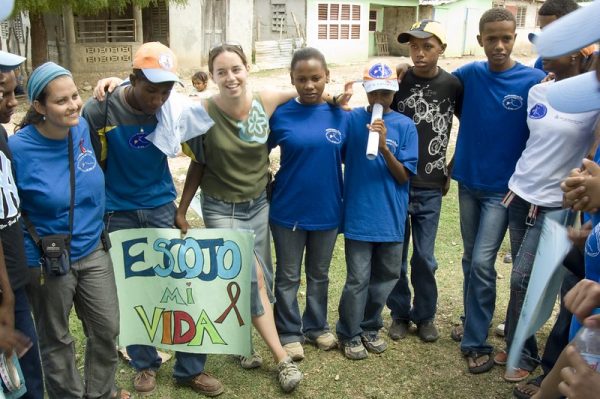
In the last few months, higher education institutions have faced the challenge of moving in-person coursework to various online platforms in response to COVID-19. During this unprecedented time, a graduate level course at the University of Minnesota called “Teaching Sociology” launched a project to evaluate how instructors were handling the transition. The graduate students administered a survey to the Sociology department’s instructors and teaching assistants and issued a final report highlighting broad trends and making recommendations for the department to consider as the crisis continues and planning for the fall begins. Given how widespread these issues and challenges are, we thought it might be useful to share some of those ideas here on TSP, with particular focus on the experience of teaching assistants.
The survey found that, much like their instructors, nearly all TAs experienced an increased workload with the transition online. This increased workload was due to both technological learning curves and increased overall time demands. In addition to the extra emails, students expected TAs to respond more quickly and have increased availability outside of already extended office hours. Yet perhaps most salient is the proportion of TAs who noted an increase in emotional labor. TA’s provided anecdotes of dealing with students’ panic and anxiety over the rapid transition online and students’ upheaval in their personal lives. They also reported being on the end of increased student frustration and emotional outburst. In a more extreme case, one TA noted that they had received aggressive emails from students, but many more reported students’ frustrations being communicated directly.
While the survey was meant to provide reflections on the rapid transition to online teaching, the findings suggest some important considerations regarding the roles of and challenges faced by teaching assistants during unsettled times. Borrowing from the literature on workplace harassment, we find that individuals in low- to mid-level supervisory positions, such as TAships, often experience such challenges in their roles.
TA weekly hours worked pre- and during COVID, Spring 2020
The literature on workplace harassment suggests that, unfortunately, backlash against low and mid-level supervisors is not uncommon. Although many would view the authority of a supervisor as providing a protective measure from harassment, research suggests that it provokes backlash from subordinates. As a result, workers in supervisory roles are more likely to experience harassment, and that likelihood increases even more if they are female.
In contrast, in the United States, people in higher supervisory positions such as an executive or department head are less likely to experience sexual harassment. Given that women in low- or mid-level supervisory positions are often on career tracks for these higher level positions, it is somewhat surprising that they are the most likely to experience workplace harassment.
While this literature focuses on women and sexual harassment in the workplace, these frameworks are useful for understanding the harassment faced by others in low-level supervisory positions, such as TAships. TAs may receive more “blowback” from undergraduates who hesitate to make demands or express frustration with professors, and this backlash is likely to fall more heavily on TAs who are women and/or people of color.
Because TAs often have a lot of responsibility but relatively little power, our findings suggest that instructors consider the following recommendations:
- In designing remote courses, reconsider assignments and expectations for students and TAs. This may require giving TAs ample time to deal with technological challenges, as well as additional training in how to provide tech support to students.
- Both instructors and TAs reported a significant increase in extensions and accommodations. Consider creating a shared document so that TAs may better manage a range of deadlines and accommodations.
- Establish and reinforce norms and expectations for respectful communications with students throughout the semester.
- Recognize and discuss responsibilities around emotional labor. Discuss which student comments or emails should go directly to the instructor and which should be handled by the TA.
- Put explicit email and office response hours in the syllabus to help manage and bound TA work hours.
Works Cited
Olle Folke, Johanna Rickne, Seiki Tanaka, and Yasuka Tateishi. 2020. “Sexual Harassment of Women Leaders.” Daedalus 149(1): 180-197.
Heather McLaughlin, Christopher Uggen, and Amy Blackstone. 2012. “Sexual Harassment, workplace Authority, and the Paradox of Power.” American Sociological Review 77(4):1-23.







